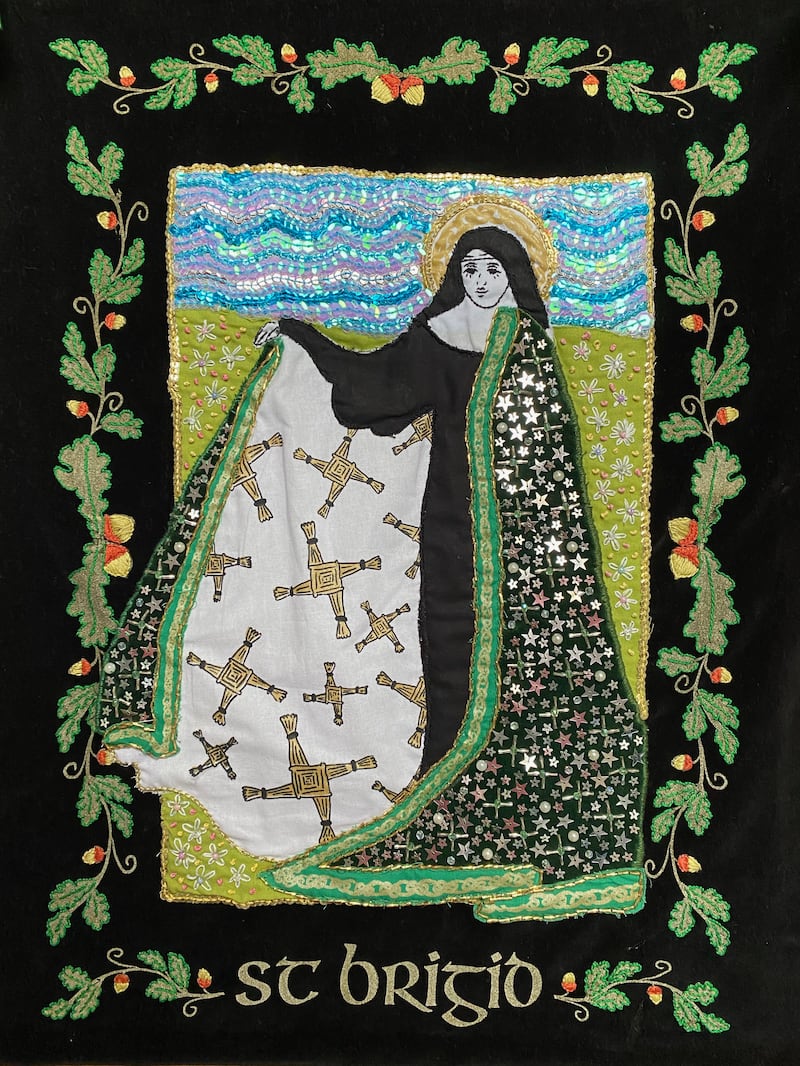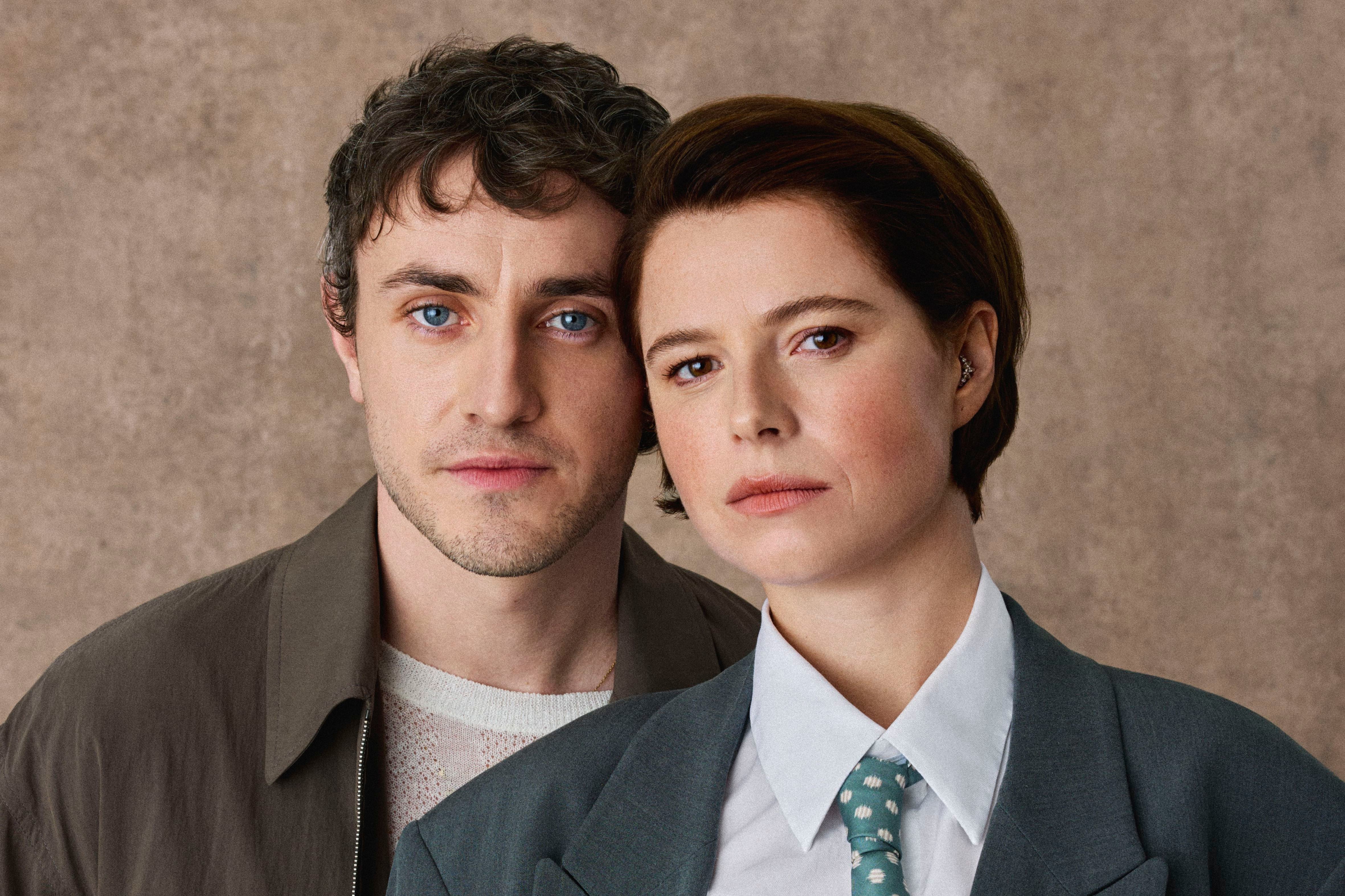Until I was 30, I believed spring started on the first of February. We had been taught this in school and there seemed no reason to doubt it. Plus, it parcelled the year nicely into four three-month seasons: spring (February-April), summer (May-July), autumn (August-October) and winter (November-January).
Then I moved to England, and they laughed at me. February, they said confidently, is still winter. Spring starts in March. And not even the start of March at that, somewhere around the third week.
What trickery is this, I thought. Spring starting the end of March when everybody can see daffodils and snowdrops blooming in February, the days getting lighter, birds with a twinkle in their eye.
Plus, that would mean that summer wouldn’t start until the end of June – June! When as anyone who has studied for the Leaving Cert will tell you, May kicks off the hot days of summer when you’re trapped inside studying as Ireland becomes one glorious sunny party. By that thinking your summer holidays would be well over before the actual end of summer (September) and Christmas would mostly happen while it was still autumn.
READ MORE
We’ve been arguing about this for over 20 years now and I still get “Happy fake spring” texts from English friends at the start of February (along with the rolling-on-the-floor-laughing emoji).
Met Éireann’s seasons – meteorological seasons – are aligned to the monthly calendar and temperatures
This year I decided I’d track down the truth and prove that the Irish are right.
I mean, it’s all to do with the weather, right? And the alignment of stars?
So I went to Astronomy Ireland.
“Seasons are an astronomical event,” says David Moore, editor of Astronomy Ireland magazine. “It’s all to do with Earth’s axis being tilted towards or away from the sun, which makes the heat and cold that causes the seasons.”
Yes, but when is the start of spring? “Spring starts in the northern hemisphere when the sun is directly over the equator, so you get an equal amount of light in the night and in the day – the equinox. The March equinox happens some time around March 21st. This year it will happen on March 20th at 9.02am.”
I’m gutted. Could he be wrong, I wonder. After all, he’s pronouncing against the entire Irish primary school education system in the 1970s. (And the start of spring is still being taught as February 1st in schools, as confirmed by my nephew.)
I go to Met Éireann. Their seasons – meteorological seasons – are aligned to the monthly calendar and temperatures. They are used to divide the year into four parts of equal length – three full months each.
So far, so primary school. But when does spring start? “The first of March,” says climatologist Paul Moore. “We measure spring, summer, autumn and winter by the mean temperatures. Making our calculations from the beginning of each month is just easier for climatological analysis and comparison.”
The Met Éireann website explains that: “Meteorological seasons are based on the annual cycle of temperatures, while astronomical seasons are defined by the position of the Earth compared to the sun. The traditional Irish seasons of Imbolc, Bealtaine, Lughnasa and Samhain are different again.”
[ Brigidiplomacy: From Berlin to Beijing, the Irish saint is having a resurgenceOpens in new window ]
So meteorological spring starts on March 1st, astronomical spring starts on March 21st, and traditional (Irish school) spring starts on February 1st.
So far, so confusing. But which is correct? The Met Éireann website says: “They are all correct and used in Ireland.”
They are all correct. So I’m right in believing it’s February 1st and my English friends are right with their third week in March scenario. This seems to be a very Irish solution to the problem: everybody is right and nobody is offended.
But this raises another question. Why have we been taught in Ireland that spring starts on February 1st? It turns out that this is because we, as lovers of ancient knowledge with a healthy disregard for authority (climatological, astronomical or otherwise), are following the pre-Christian Celtic calendar.
The Celtic year celebrates four key festivals – Samhain on October 31st, Imbolc on February 1st, Bealtaine on May 1st and Lughnasa on August 1st. Seasons were crucially important for the Celts, a matter of life and death rather than a source of a squabble with the English. They depended on the seasons to tell them when to sow and harvest and rest. If they got it wrong, they starved – no popping out to the shops for the Celts.
Following on from Samhain, the darkest time of the year, Imbolc is the festival of fire and light, celebrating life and new beginnings and marking the start of spring. It’s the only festival associated with a figure – Brigid, the pagan goddess roped into service by the church as a Christian saint in the fifth century. In Ireland her feast day is celebrated on February 1st, with the new public holiday arriving this year on Monday, February 3rd.

She bamboozled the king of Leinster into handing over enough land to found a monastery and gave Ireland one of its most enduring symbols, the St Brigid’s cross, traditionally hung over doors and windows to protect against evil spirits and illness.
She is also the Celtic goddess of poetry, healing, childbirth and blacksmithing and associated with fire, wells and cattle (legend has her weaned from a white cow, her cross is also often hung in cow sheds to protect the livestock).
Irish sacred storyteller Eimear Stassin believes that Brigid’s spirit goes even deeper than paganism and is an ancient archetypal energy sourced from the Earth itself.
“It’s said that Brigid’s mother gave birth to her on the threshold of their home as the sun was rising and that’s why she’s associated with being the bridge, the bridge between the seasons and the guardian of the threshold between the old and the new worlds,” says Stassin. “Winter represents what’s dying out, what we have let go of. Brigid is the bridge to what’s emerging, what we don’t yet know. Imbolc means ‘in the belly of’; what is yet to come is gestating in the belly.”
Giving Brigid a national holiday, the first Monday of February, since 2023, has “restored the balance between masculine and feminine energy”, says Stassin. “We had a holiday for St Patrick, now we have one for St Brigid.”
Poet, activist and healer Laura Murphy was one of those who called on government to establish this public holiday, to symbolise “how our society values women and men equally”. She is the daughter of a mother and baby home survivor, and the request was included in an open letter she sent to then taoiseach Micheál Martin after the publication of the Commission on Mother and Baby Homes report, which revealed decades of abuse suffered by unmarried Irish women and their children.
Latter day arguments with the English are the least of our worries as we reflect on our often tragic past and look to an uncertain future. Temperatures are rising, wildfires are raging and all the seasons are in flux.
And yet, as we welcome the first day of spring this February (no more of this March nonsense), we turn our faces to the light of Imbolc. Hoping for better times to come, guided, in the words of Laura Murphy, by Brigid’s principles of “inspiration, imagination, healing, truth, justice, love and light”.


















